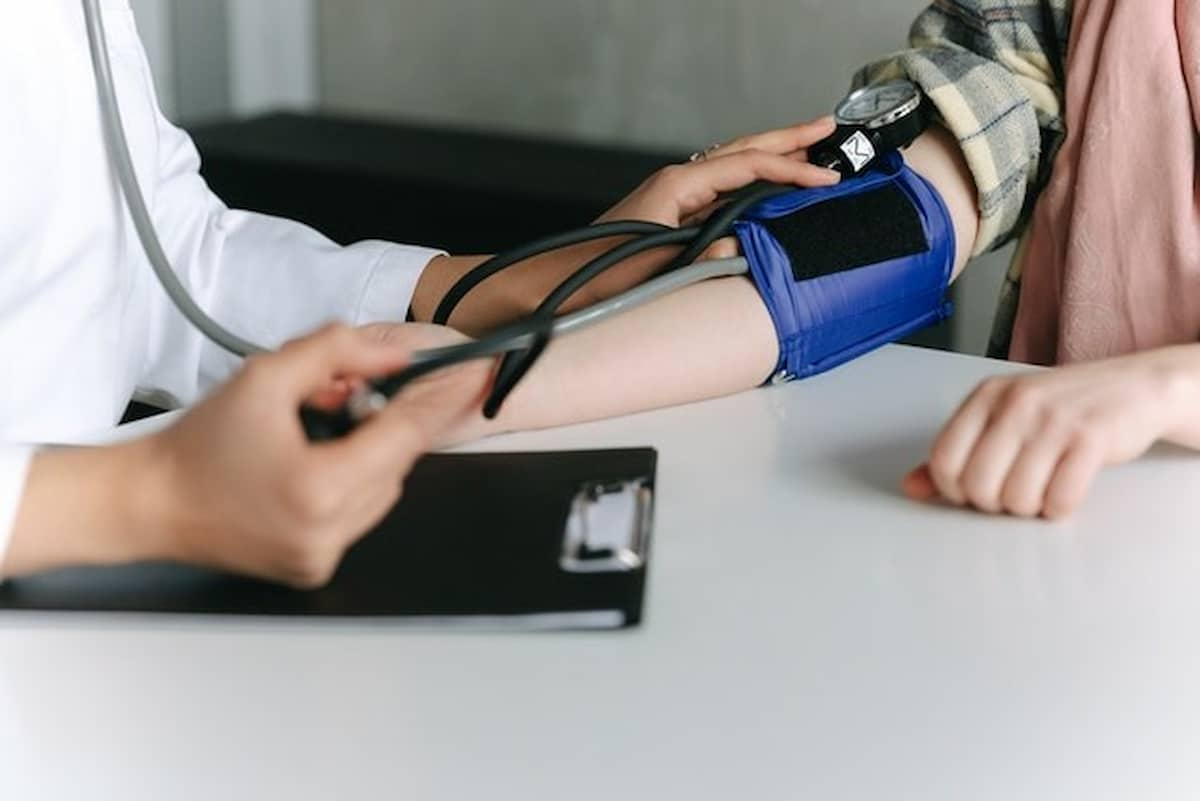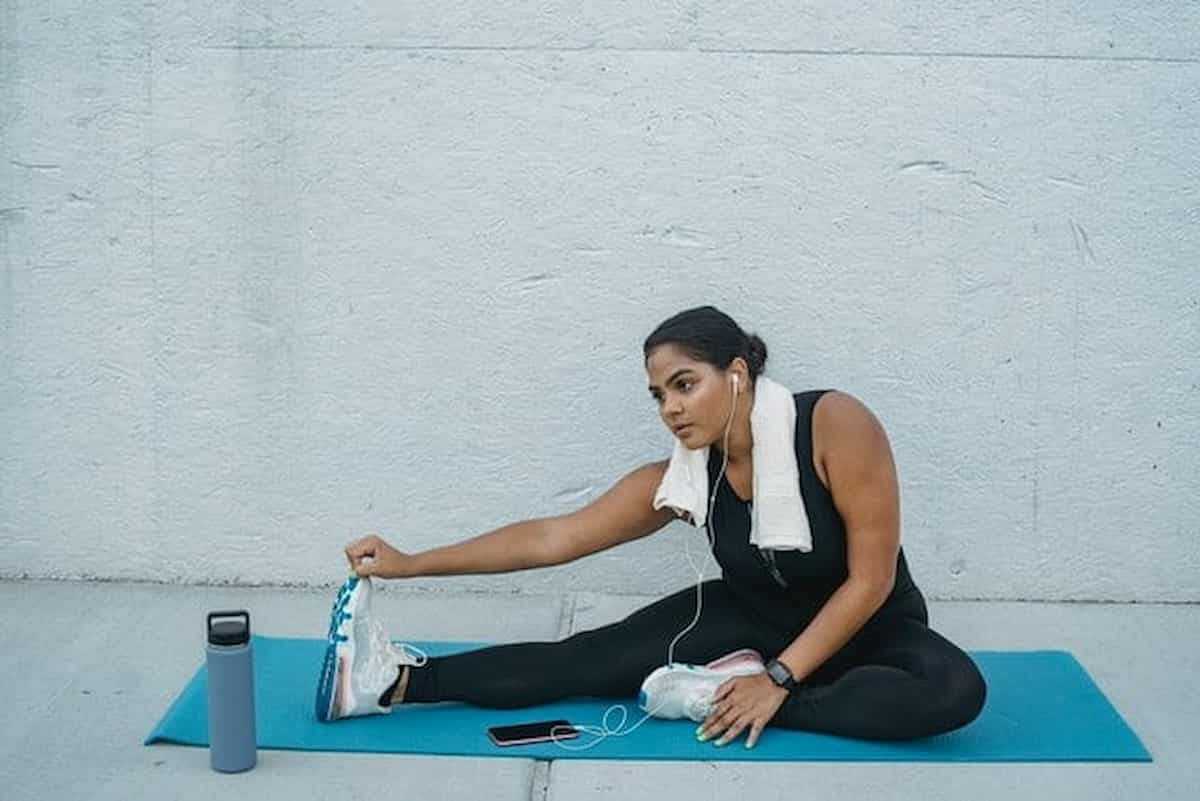If you are allergic to the sun, then itching and redness usually appear within minutes of exposure to it. It is something that can last for a short time or even hours.
The cause of sun allergy, also known as solar urticaria, is not known. The allergy can be chronic, but the symptoms can be treated.
Sun allergy: The symptoms of sun urticaria
The main symptoms of a sun allergy are red patches on your skin that cause itching and sometimes they feel like burning. If the redness covers a large part of your skin, you may have other common allergy symptoms, such as:
- Low blood pressure
- Headache
- Motion sickness
- Difficulty breathing
The rash may be more likely to affect areas of your skin that are not normally exposed to sunlight. You may not get a rash on your hands or face, which are often exposed to sunlight. If you are very sensitive to the sun, redness can also appear on areas of your skin that are covered with thin clothing.
The appearance of the rash can vary depending on individual sensitivity. Sometimes redness can become like blisters, creating a textured look on the skin. The rash leaves no marks when it subsides.
The causes of sun allergy
The exact cause of solar urticaria is unknown. It occurs when sunlight activates the release of histamine, or a similar chemical, into skin cells.
The mechanism is described as an antigen-antibody reaction. This type of reaction occurs when your immune system produces antibodies to compensate for that particular antigen or irritant that reacts to sunlight. Redness is the resulting inflammatory reaction.
You may be at increased risk for sunburn if:
- You have a family history of the condition
- You have dermatitis
- Use regular perfumes, disinfectants, dyes or other chemicals
- You take antibiotics or other medicines that may cause the condition (ask your pharmacist)
- In some cases, certain wavelengths of the sun’s ultraviolet (UV) radiation cause this allergic reaction. Most people with sun urticaria react to UVA radiation or visible light.

What treatments are available for sun allergy
Sometimes the sun allergy will go away on its own. Treatment for sun urticaria depends on the severity of your symptoms. Staying away from the sun can resolve the symptoms if your reaction is mild. In mild cases, your doctor may prescribe antihistamines for oral administration to relieve redness or a simple ointment such as aloe vera or calamine lotion.
If your reaction is more severe, your doctor may prescribe other medications, such as:
- Corticosteroids
- Hydroxychloroquine, which is an antimalarial drug
- Montelukast, commonly used to treat asthma
The latter should be used as an allergy treatment only if there are no suitable alternatives. This is because it is associated with an increased risk of behavioral and mood changes, such as suicidal thoughts and actions.
Your doctor may also recommend phototherapy. This treatment will prepare your skin for the summer sun by regularly exposing you to ultraviolet sunlight in the spring. This may desensitize you, but the results may not be long lasting.
The British Association of Dermatologists recommends other treatments, such as:
- Cyclosporine, which is an immunosuppressive drug
- Omalizumab
- Plasma exchange
- Intravenous immunoglobulin
Sun allergy: Individual prevention measures
There are some things you can do to prevent or reduce the risk of sun allergy:
- Limit sun exposure. Stay away from the sun between 10:00 and 16:00, when the sun is strongest.
- Gradually increase your time outdoors and in the spring sun. This can help your skin cells adapt to the strongest summer sunlight.
- If your rash is related to a specific medicine, ask your doctor if there is an alternative.
- Wear densely woven clothing with maximum skin coverage, such as long sleeves, long pants, or a long skirt.
- Consider wearing clothes with a UPF protection factor greater than 40, which blocks ultraviolet radiation better than sunscreen.
- Wear a broad-spectrum sunscreen anywhere on the skin that is exposed to the sun and reapply regularly.
- Wear sunglasses and a wide-brimmed hat when outdoors. Use a parasol.


















